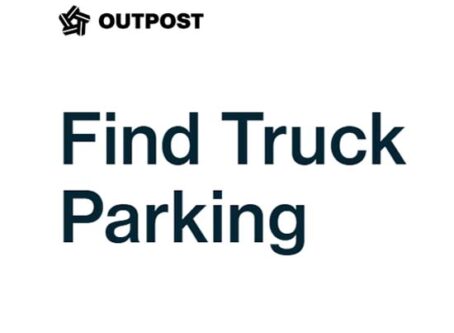Pennsylvania Senate panel advances expanded use of self-driving vehicles
A pursuit picking up steam in Pennsylvania is described as creating a roadmap for the testing and commercial deployment of highly automated or self-driving vehicles.
The Senate Transportation Committee voted 12-2 to advance a bill to authorize the operation of self-driving vehicles with or without a person onboard the vehicle. The rule would apply to cars and trucks.
Sponsored by Senate Transportation Chairman Wayne Langerholc, R-Johnstown, SB965 is described as mirroring laws or executive orders in 39 states.
There are 10 co-sponsors of the bill representing both parties.
“We may have our differences policywise, but we can both agree that Pennsylvania will greatly benefit from this legislation that will reinforce the commonwealth’s global leadership on (highly automated vehicles),” Langerholc told the committee.
Keeping up with industry standards touted
Since 2018, Pennsylvania law has required a licensed driver to be seated in the driver’s position at all times and to be in physical control of the vehicle.
Langerholc said there are many organizations in the state that are operating and testing under the 4-year-old policy set by the Pennsylvania Department of Transportation.
As a result, he said Pennsylvania is lagging behind other states and countries with the implementation of driverless technology.
“It is time to change this to comport in line with industry standards,” Langholc previously said announcing the legislation. “We must ensure our commonwealth remains competitive in this arena – and we must take steps now to retain and recruit investment in this vital area.”
Rule would apply to certain cars and trucks
To move that direction, his bill would allow a highly automated vehicle to be operated with a driver in the driver’s position, a driver in a remote location, or exclusively by the automated driving system. The rule would apply to vehicles owned by an educational institution or business.
Langerholc added that the new rule would aid the state in combating what some claim is a truck driver shortage nationwide.
“This bill … creates a roadmap to test and deploy (highly automated vehicles) at the highest levels of autonomy,” Langerholc said.
He said that a recent Pittsburgh-based study concludes the highly automated vehicle sector is projected to grow to a $1 trillion global market by 2026 with an estimated 5,000 new jobs and a $10 billion impact for southwestern Pennsylvania.
Advocates say truck platooning will save fuel due to reduced aerodynamic drag, lessen traffic congestion, and improve highway safety. Some supporters acknowledge it will work best on relatively flat, divided highways outside of populated areas.
Critics question how automated vehicles and traditional vehicles will interact on roadways. Others doubt whether widespread use of the technology is realistic.
Sen. Tim Kearney, D-Chester, added that there is concern about how it will affect jobs, and safety.
“Labor organizations are worried about the road this technology will lead society and the impact it will have on family-supported jobs,” Carney.
The bill, SB965, awaits further consideration on the Senate floor. LL
More Land Line coverage of news from Pennsylvania.









